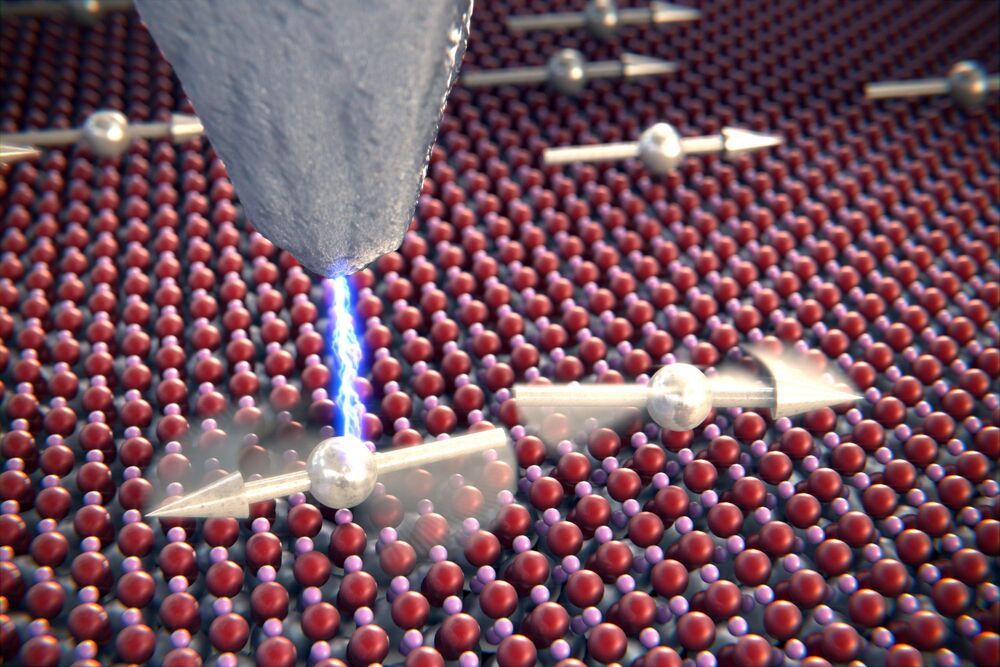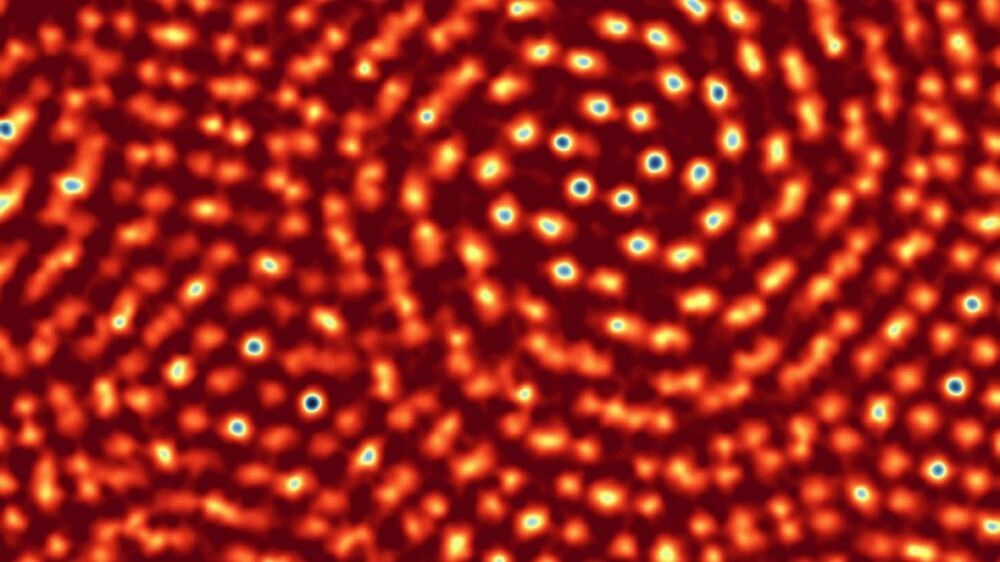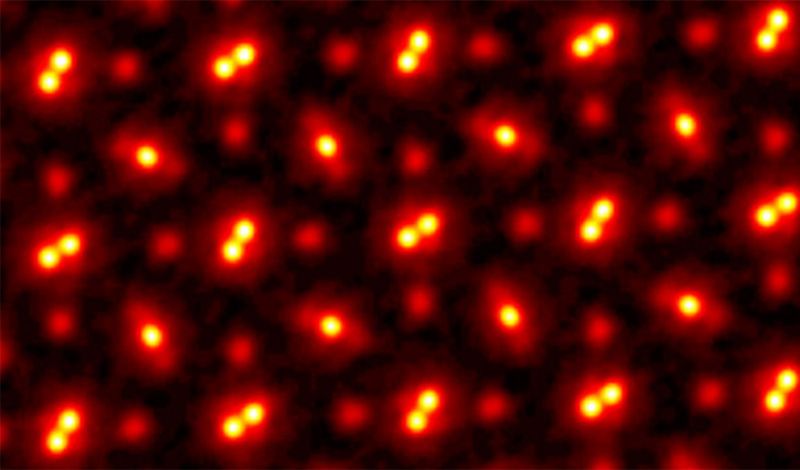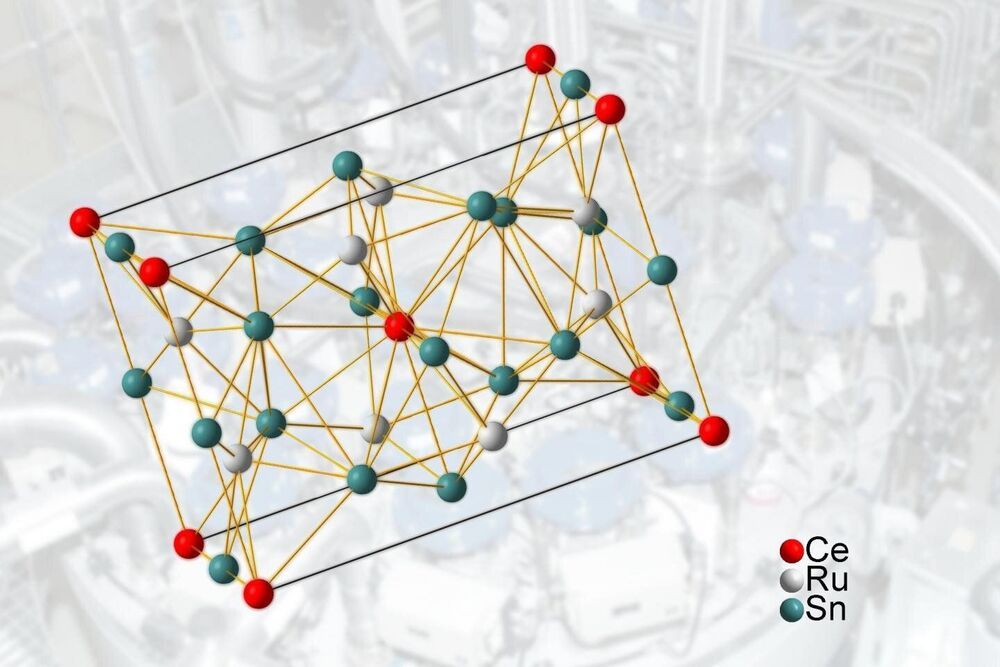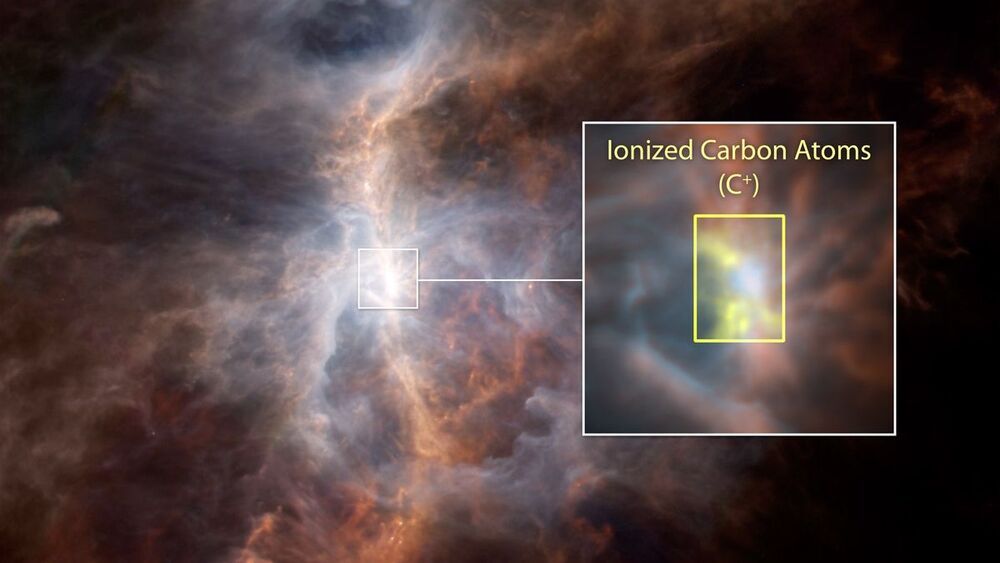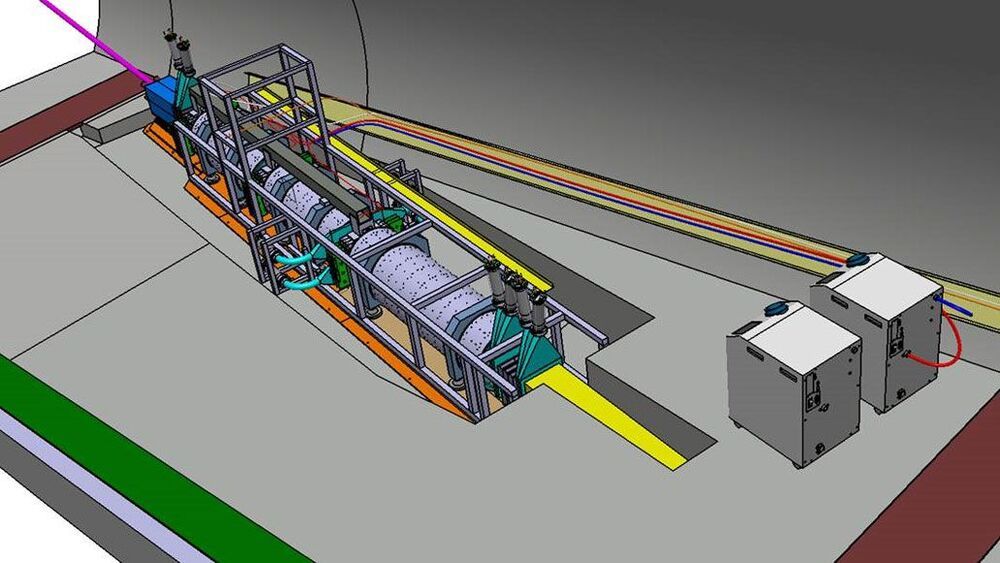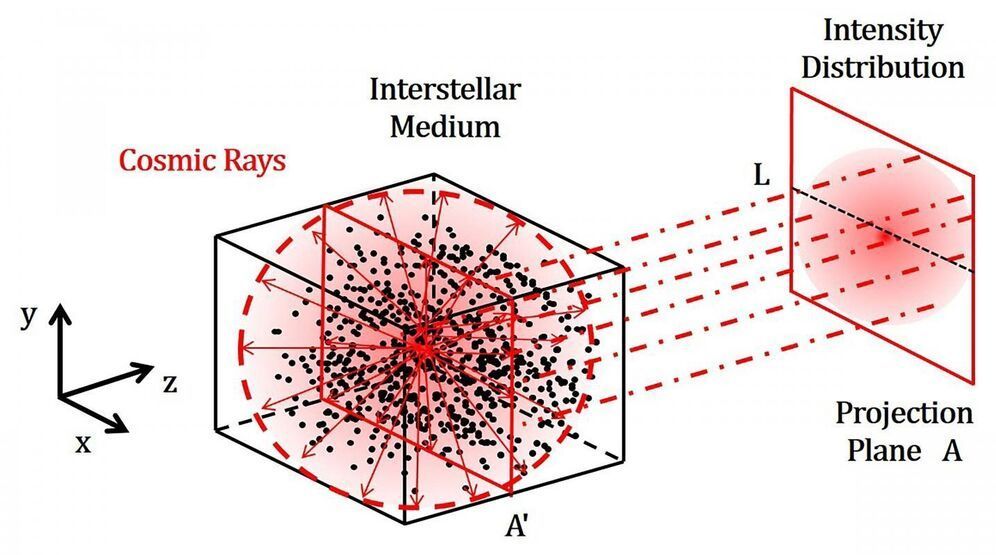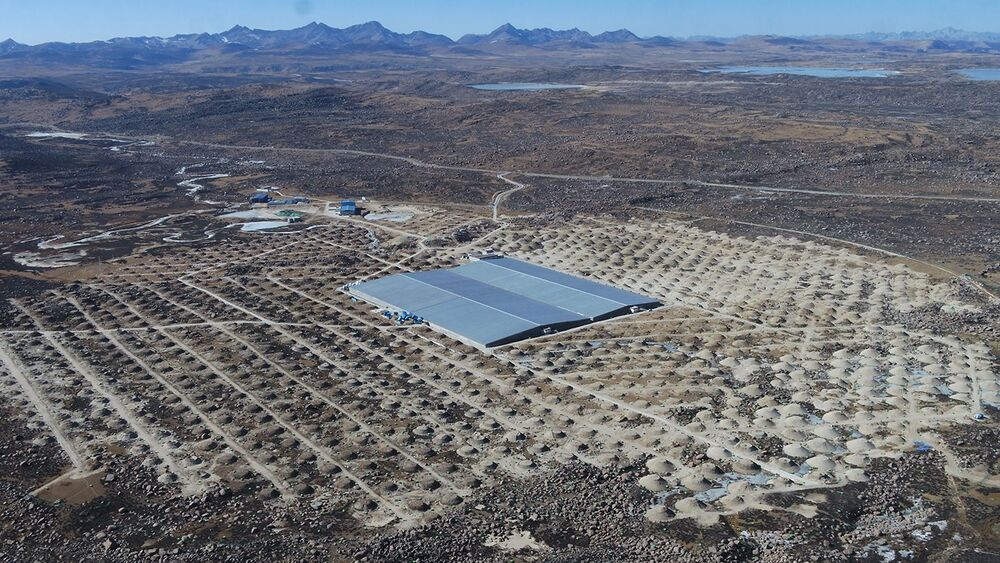How materials behave depends on the interactions between countless atoms. You could see this as a giant group chat in which atoms are continuously exchanging quantum information. Researchers from Delft University of Technology in collaboration with RWTH Aachen University and the Research Center Jülich have now been able to intercept a chat between two atoms. They present their findings in Science on May 28, 2021.
Atoms, of course, don’t really talk. But they can feel each other. This is particularly the case for magnetic atoms. “Each atom carries a small magnetic moment called spin. These spins influence each other, like compass needles do when you bring them close together. If you give one of them a push, they will start moving together in a very specific way,” explains Sander Otte, leader of the team that performed the research. “But according to the laws of quantum mechanics, each spin can be simultaneously point in various directions, forming a superposition. This means that actual transfer of quantum information takes place between the atoms, like some sort of conversation.”
